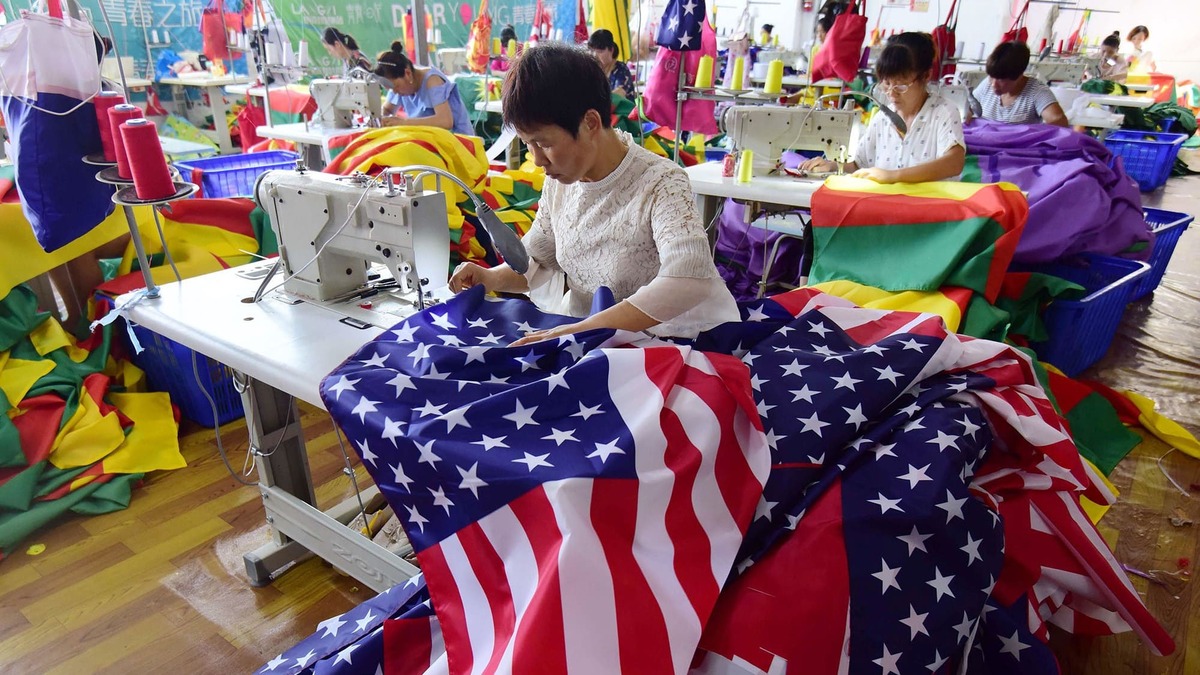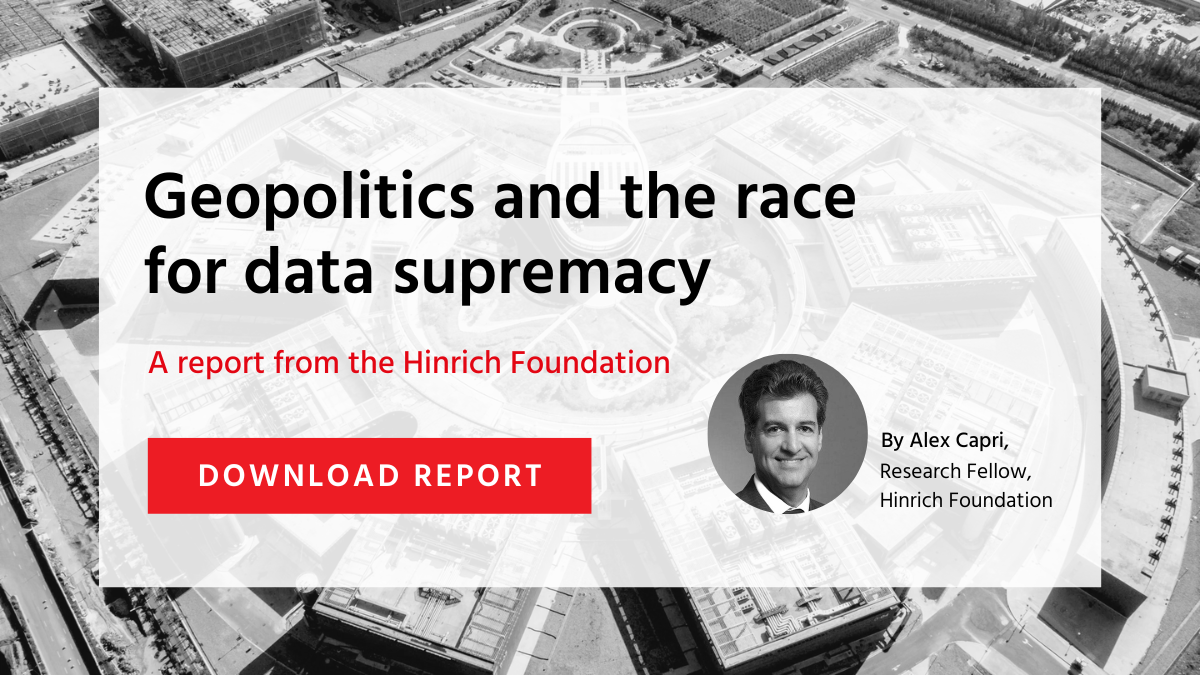Trade and geopolitics
De-risking global supply chains: Looking beyond material flows
Published 29 October 2024
Global supply chains are undergoing an irrevocable shift. While material flows remain critical, they are only the most visible aspect of this transition. Beneath the surface, changes in information exchanges, financial reconfigurations, and human capital movements are posing far greater risks to the benefits of global trade. The US, China, and the rest the world must handle these changes with care and perspective.
Global supply chains are powered by a complex network of material, information, financial, and human flows. The interplay of these factors has shaped the global economy over the past four decades. Geopolitical and trade tensions are driving the US and China to pursue de-risking of their supply networks at almost any cost. The US has sought to diversify its supply base in Southeast Asia, India, and Mexico. China has strengthened its trade partnerships with various emerging countries in the Global South.
Much of the recent economic and policy discourse on global supply chains has focused on the movement of materials, from raw resources to finished products. While material trade flows are highly trackable, information and human flows are less visible. If such flows in information and human capital are not well maintained, supply chain transactions would be greatly set back. Regulatory restrictions on cross-border information and human flows would stifle innovation, increase operational risks by reducing transparency, and make supply chains less efficient.
In this paper sponsored by the Hinrich Foundation and published by the National Bureau of Asian Research, Johns Hopkins University’s Bernard T. Ferrari Professor of Business Tinglong Dai and UCLA’s Carter Chair in Business Administration Christopher Tang examine the implications of de-risking of global supply chains through changes in the four primary flows.
The paper asks how de-risking tactics could affect larger economies, particularly those in the Indo-Pacific region. Policymakers should recognize that de-risking is not a unilateral process taking place in the West but an interactive and fluid development happening around the world. An understanding of these dynamics, the authors note, is imperative for policymakers to develop effective de-risking strategies.
This article was originally published by the National Bureau of Asian Research, with support from the Hinrich Foundation.
© The Hinrich Foundation. See our website Terms and conditions for our copyright and reprint policy. All statements of fact and the views, conclusions and recommendations expressed in this publication are the sole responsibility of the author(s).








